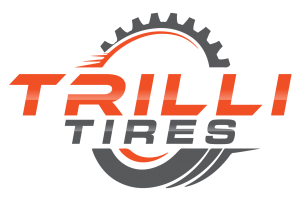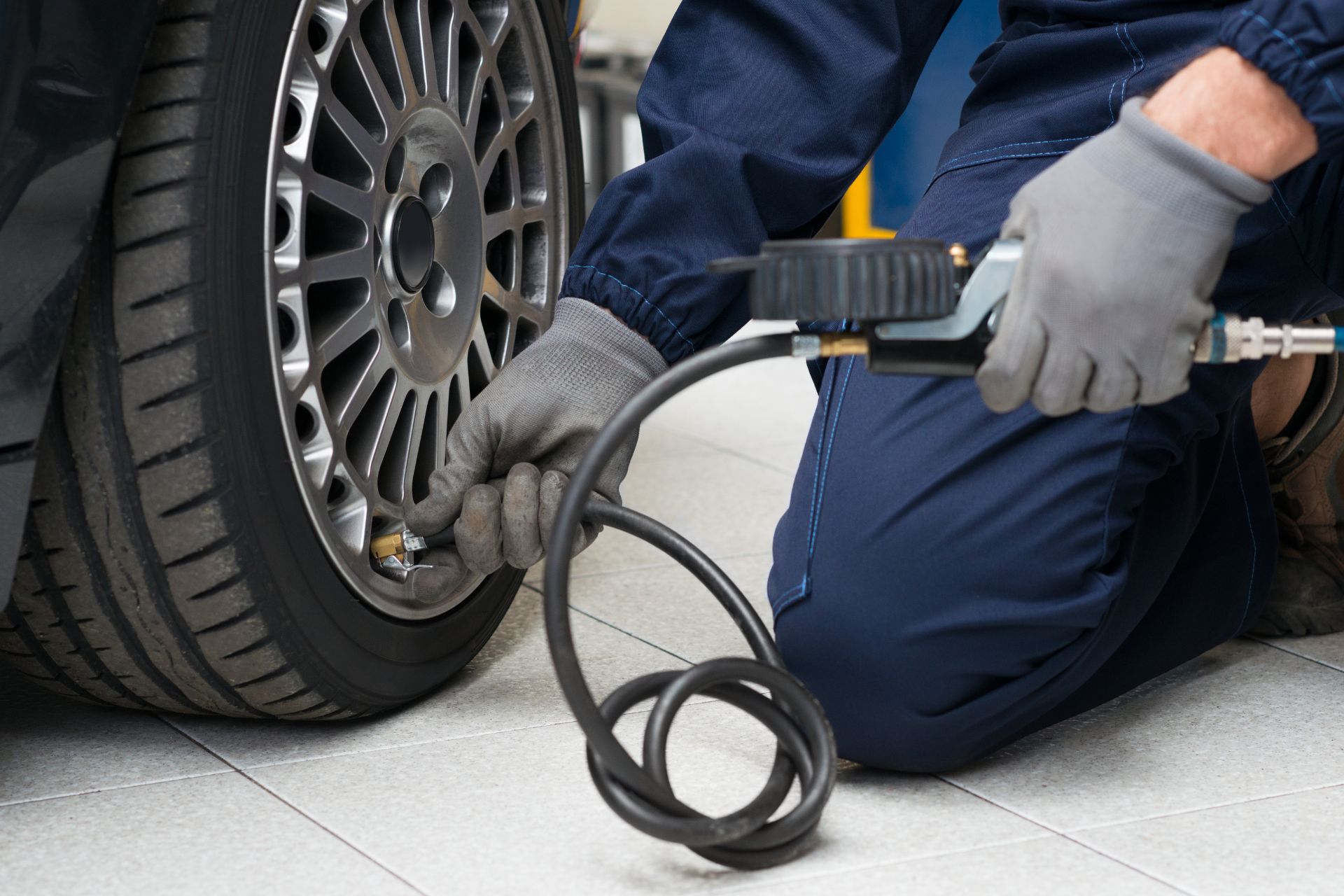Understanding the role of tire pressure in your vehicle’s performance can help you save money on fuel and avoid potential safety hazards. While it may seem like a minor aspect of car maintenance, maintaining proper inflation is crucial for efficient fuel use, optimal handling, and long-term vehicle health. Let’s explore how this often-overlooked factor impacts your driving experience.
Why Proper Inflation Matters
Your tires are the only point of contact between your vehicle and the road. The air inside them supports the weight of your car and allows it to move, stop, and turn effectively. When tires are not inflated to the manufacturer’s recommended level, their shape, structure, and performance are affected. This can result in uneven wear, reduced fuel efficiency, and compromised safety.
Improper inflation, whether too low or too high, can interfere with how your vehicle responds to braking, turning, and acceleration. It also increases wear and tear on your suspension system and other key components, leading to costly repairs over time.
The Connection Between Inflation and Fuel Economy
Fuel efficiency is a top concern for most drivers, especially with rising gas prices. Underinflated tires create more rolling resistance, meaning your engine has to work harder to move the vehicle forward. This extra effort leads to higher fuel consumption. According to the U.S. Department of Energy, for every 1 PSI (pound per square inch) drop in pressure across all four tires, gas mileage can decrease by about 0.2%. Over time, this adds up.
Conversely, keeping your tires properly inflated reduces resistance and allows your car to roll smoothly. This not only improves fuel economy but also puts less strain on your engine. For commuters and delivery drivers who cover long distances regularly, the savings can be significant.
Safety Risks of Incorrect Inflation
Beyond fuel economy, safety is another critical concern. Driving with underinflated tires increases the risk of blowouts, especially at high speeds or during hot weather conditions. A tire that doesn’t have enough pressure flexes more and can overheat, which may cause it to fail without warning.
Overinflated tires, on the other hand, have reduced surface contact with the road. This leads to less traction and makes it more difficult to control your vehicle, particularly on wet or slippery surfaces. Stopping distances may increase, and the likelihood of hydroplaning grows.
Maintaining the correct inflation level ensures even distribution of weight, better grip on the road, and improved response in emergency maneuvers. It’s a key factor in keeping you, your passengers, and other drivers safe.
How Temperature Affects Tire Pressure
Tire inflation isn’t a “set it and forget it” task. External factors like weather and road conditions can cause significant fluctuations. In colder climates, air contracts and causes pressure to drop. You might notice a warning light on your dashboard during winter mornings, even if your tires were fine the day before.
In warmer temperatures, the opposite occurs. Air expands and increases internal pressure. That’s why it’s important to check your tires regularly, especially when seasons change or during long road trips.
Experts recommend checking your inflation levels at least once a month and before extended drives. Always use a reliable pressure gauge and consult your vehicle’s manual or the sticker located on the driver’s side door jamb for the manufacturer’s recommended PSI.
Impact on Tire Lifespan
Improper inflation doesn’t just affect performance and safety; it also shortens the lifespan of your tires. Underinflation causes the edges of the tread to wear out faster, while overinflation wears down the center. In either case, uneven wear can lead to premature replacement.
Tires are a significant investment, and extending their life should be a priority. Maintaining proper pressure levels ensures that they wear evenly, giving you better value and performance over time. In addition to regular checks, rotating your tires and having them aligned helps preserve tread life.
The Role of TPMS (Tire Pressure Monitoring System)
Most modern vehicles come equipped with a Tire Pressure Monitoring System (TPMS), which alerts drivers when inflation levels drop below safe thresholds. While helpful, this system is not foolproof. TPMS usually activates only when pressure is significantly low, well below the optimal range. This means you could still be driving with suboptimal levels that negatively impact fuel efficiency and performance without any warning.
That’s why manual checks are still necessary. Consider TPMS a backup, not a replacement, for routine monitoring.
How to Maintain Proper Inflation
Keeping your tires at the right level doesn’t require advanced knowledge or expensive equipment. Follow these simple tips:
- Check Monthly: Use a digital or manual pressure gauge to measure all four tires once a month.
- Check When Cold: Do this when your vehicle has been parked for several hours to get an accurate reading.
- Follow Manufacturer Guidelines: Refer to your car’s manual or the label inside the door frame for PSI recommendations.
- Adjust After Driving Loads: If you’re hauling heavy cargo or going on a road trip, your pressure needs may differ.
- Inspect for Damage: While checking, look for cuts, bulges, or nails that may indicate a leak or need for repair.
By making this part of your regular routine, you can enhance your driving experience and avoid unnecessary problems.
Misconceptions About Tire Pressure
One common myth is that the PSI printed on the tire sidewall is the correct level to inflate to. In fact, this number represents the maximum pressure the tire can safely hold, not the recommended operating level. Always refer to your car manufacturer’s guidelines.
Another misconception is that visually inspecting a tire is enough. Unfortunately, even severely underinflated tires may look normal. That’s why using a gauge is the only reliable way to know for sure.
The Cost of Ignoring Inflation
Ignoring proper tire care can lead to more than just higher gas bills. Poor inflation contributes to roughly 11,000 tire-related crashes annually in the United States alone. Add to that the financial burden of needing new tires earlier than expected and potential suspension damage, and the costs become even more alarming.
For fleet owners and businesses that rely on vehicles, the combined expense of excess fuel consumption and shortened tire life can significantly affect the bottom line. For everyday drivers, it’s an unnecessary drain on resources that can be easily avoided.
Final Thoughts
Your vehicle’s performance, fuel economy, and safety all depend on something as simple as keeping your tires properly inflated. While often overlooked, this basic maintenance step has far-reaching benefits. It helps your car run more efficiently, protects your investment in tires and fuel, and, most importantly, keeps you safe on the road.
Regular checks, staying informed about seasonal changes, and understanding your vehicle’s needs go a long way in ensuring a smoother, more cost-effective driving experience.
Looking for expert tire care and advice? TrilliTires proudly serves Richmond Hill, Markham, Vaughan, and the rest of the GTA with top-quality tire services to keep your vehicle running at its best. Contact us today!

